Table of Contents
- Why Carolina Reaper Dominates Hot Pepper Enthusiasts
- What Makes Carolina Reaper the World's Hottest Pepper
- Carolina Reaper Flavor Profile: Beyond the Heat
- Practical Culinary Uses for Superhot Peppers
- Buying Guide: How to Select Quality Superhot Peppers
- Top 5 Safety Tips for Handling Carolina Reaper
- Frequently Asked Questions
- Conclusion
Why Carolina Reaper Dominates Hot Pepper Enthusiasts
Carolina Reaper holds the official Guinness World Record as the world's hottest chili pepper, measuring 1.4 to 2.2 million Scoville Heat Units (SHU). Unlike fictional chili varieties, this real superhot pepper delivers intense heat with surprising fruity undertones. If you're searching for legitimate information about extremely hot peppers that actually exist, you've found the definitive guide. We'll cover everything from safe handling practices to culinary applications that won't leave you regretting your spice choice.
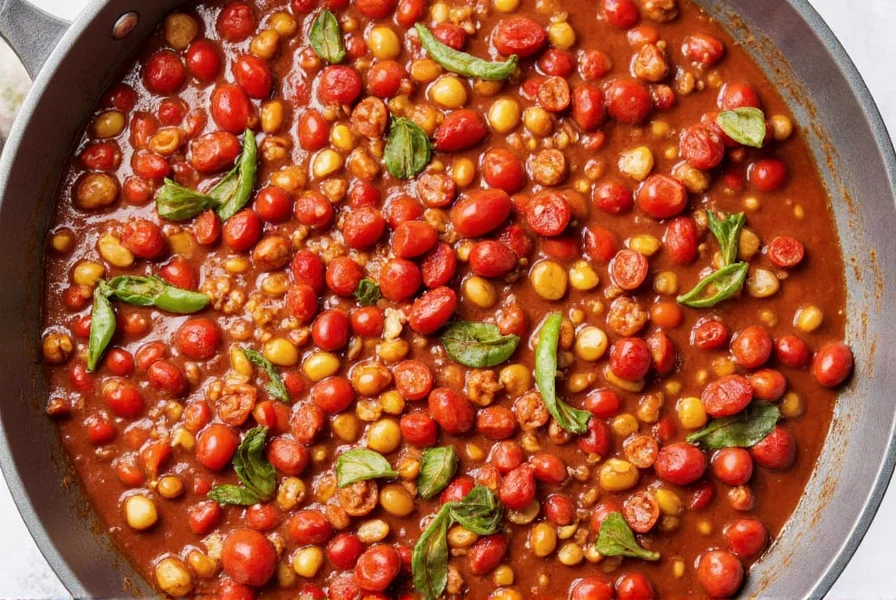
What Makes Carolina Reaper the World's Hottest Pepper
Developed by South Carolina breeder Ed Currie, the Carolina Reaper (Capsicum chinense) is a cross between Pakistani Naga and La Soufrière pepper from St. Vincent. Officially recognized by Guinness World Records in 2013, it consistently measures between 1.4 and 2.2 million SHU - over 270 times hotter than a jalapeño. The distinctive 'stinger' tail helps identify this heart-shaped pepper that transitions from green to vibrant red when fully mature.
What separates Carolina Reaper from other superhots is its complex flavor profile that emerges after the initial heat wave. Despite its reputation for extreme heat, it offers distinct notes of cinnamon, cherry, and citrus that make it valuable to culinary experts when used properly.
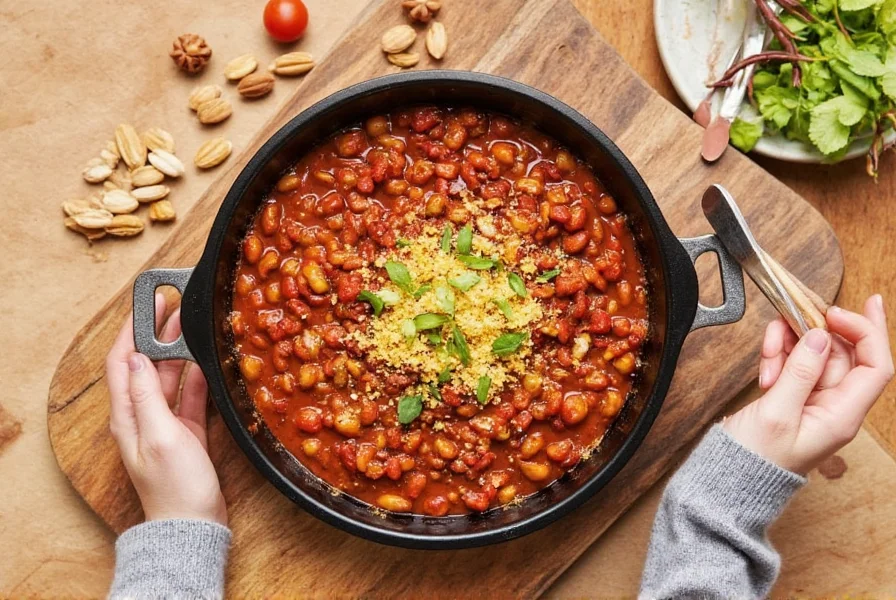
Carolina Reaper Flavor Profile: Beyond the Heat
Understanding Carolina Reaper's flavor progression is crucial for safe culinary use. The experience unfolds in distinct stages:
- Initial Taste (0-15 seconds): Sweet fruity flavor with hints of cherry and citrus
- Heat Development (15-45 seconds): Gradual warming sensation spreading through the mouth
- Peak Intensity (45-90 seconds): Intense burning sensation reaching maximum heat
- Aftertaste (2-5 minutes): Complex flavors of cinnamon and tropical fruit emerge
To help you understand how Carolina Reaper compares to other popular chilies, here's an accurate Scoville scale comparison:
| Chili Type | Heat Level (Scoville) | Flavor Profile |
|---|---|---|
| Carolina Reaper | 1,400,000 - 2,200,000 | Fruity, sweet, with cinnamon notes |
| Jalapeño | 2,500 - 8,000 | Mild, grassy, slightly sweet |
| Habanero | 100,000 - 350,000 | Very hot, sweet, citrusy |
| Poblano | 1,000 - 1,500 | Mild, earthy, slightly sweet |
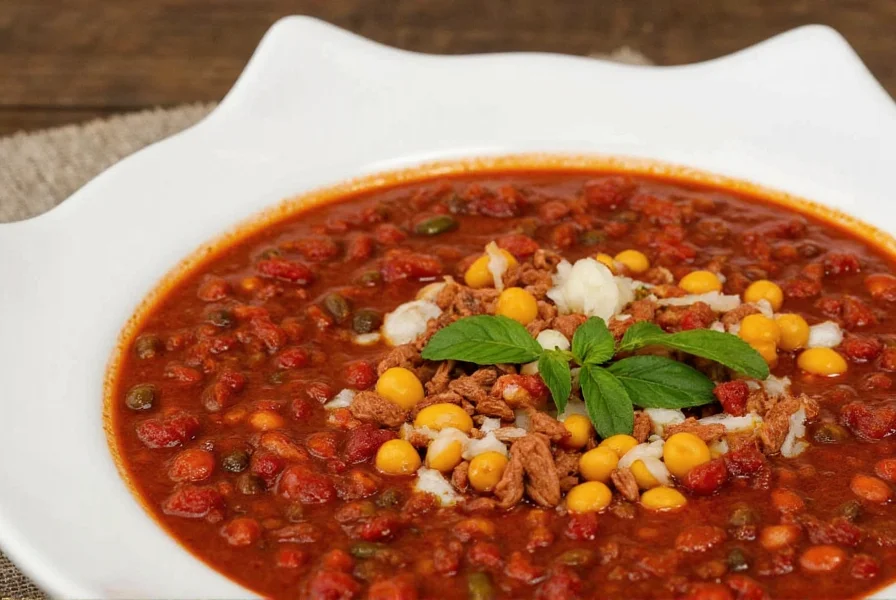
Practical Culinary Uses for Superhot Peppers
Professional chefs use Carolina Reaper sparingly to add complexity rather than just heat. Here are evidence-based applications:
- Infused Oils (Safest Method): Steep one pepper in 1 cup oil for 24 hours for controlled heat distribution
- Hot Sauces: Use in combination with fruit bases (mango, pineapple) to balance extreme heat
- Marinades: Add microscopic amounts (1/16 teaspoon powder) per pound of meat for depth without overwhelming heat
- Finishing Touch: Grate frozen Reaper over finished dishes for concentrated flavor with less liquid transfer
Critical safety note: Never use Carolina Reaper in applications where precise heat control isn't possible. One seed contains enough capsaicin to heat an entire pot of chili. Food scientists recommend wearing gloves and eye protection when handling, and working in well-ventilated areas to avoid airborne capsaicin exposure.
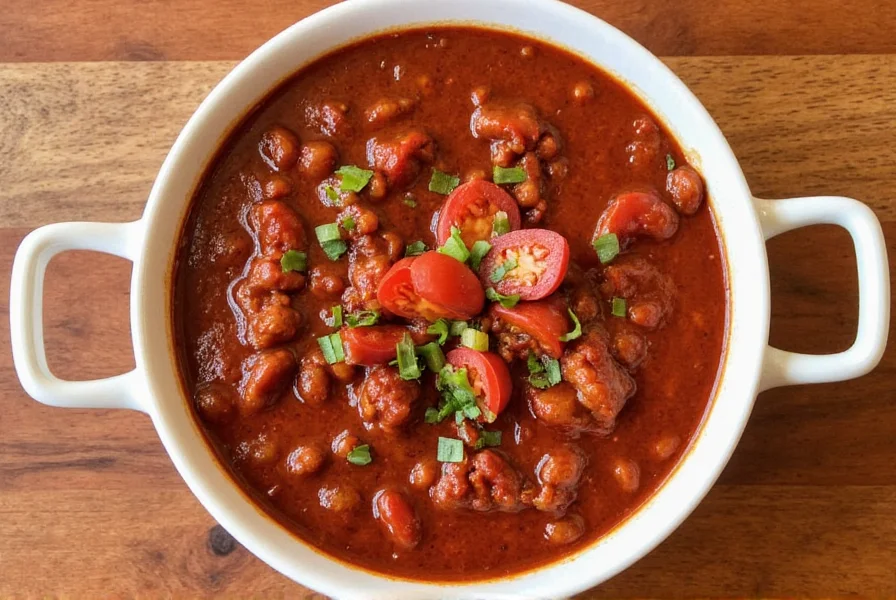
Buying Guide: How to Select Quality Superhot Peppers
When purchasing authentic Carolina Reaper products, look for these verified quality markers:
Authentic Product Identification
- Physical Characteristics: Heart-shaped with distinctive stinger tail (1-2 inches long)
- Color: Bright red when fully mature (avoid green or orange variants marketed as Reaper)
- Source Verification: Products should specify PuckerButt Pepper Company or licensed growers
Safe Purchasing Practices
- Avoid Suspiciously Cheap Products: Real Reaper commands premium pricing due to specialized growing requirements
- Check for Certifications: Look for USDA organic certification or Guinness World Records documentation
- Reputable Sellers: Purchase from specialty hot sauce producers or verified seed companies (not random marketplace sellers)
Evidence-Based Product Recommendations
- PuckerButt Pepper Company Reaper Pods: The original breeder's product with documented Scoville testing
- Winning home sauce recipe ingredients: Look for small-batch producers who disclose their pepper source
- Trusted seed suppliers: Only purchase seeds from certified vendors who can provide growth documentation
Avoid products claiming to be 'Carolina Reaper' that lack verifiable sourcing information. Many marketplace sellers falsely label standard habaneros as Reapers to capitalize on the popularity.
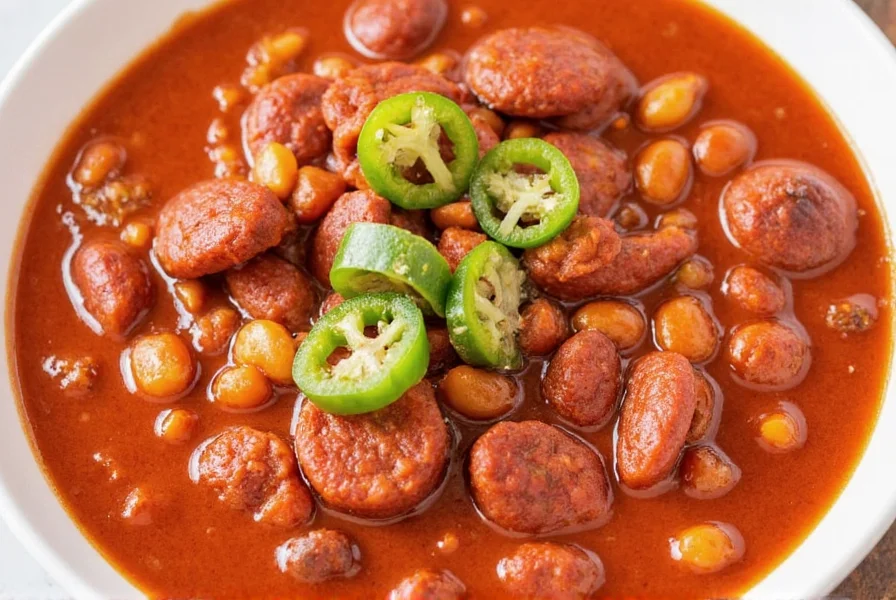
Top 5 Safety Tips for Handling Carolina Reaper
Based on emergency room data and culinary expert recommendations, follow these critical safety practices:
- Mandatory Protective Gear: Always wear nitrile gloves and eye protection when handling - capsaicin can cause severe skin and eye irritation
- Never Cut Near Face: Work in well-ventilated area away from face to avoid inhaling airborne capsaicin particles
- Controlled Measurements: Use dedicated micro-measuring tools (1/16 teaspoon increments) for powder forms
- Emergency Protocol: Keep whole milk or yogurt nearby (not water) to neutralize accidental exposure
- Responsible Usage: Start with 1/64 teaspoon per recipe and double cautiously - effects compound exponentially
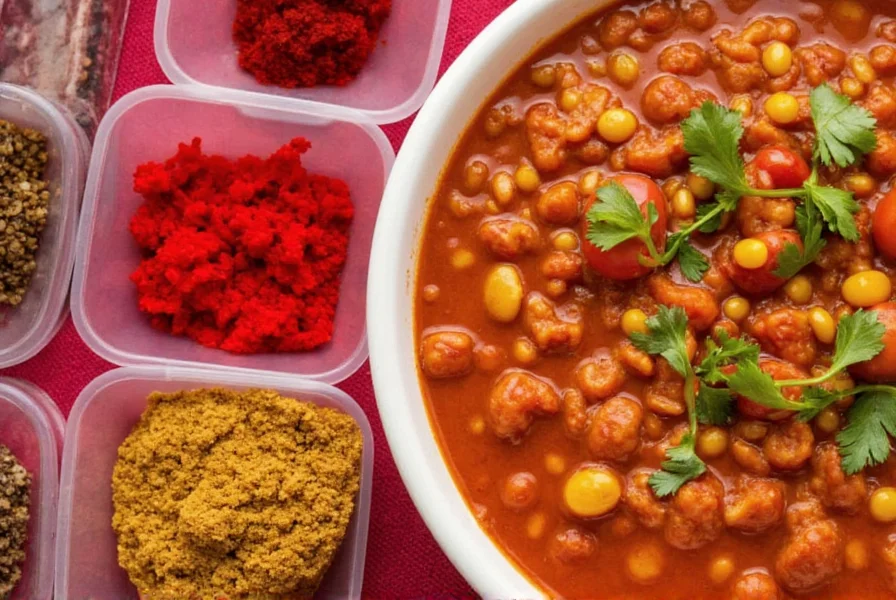
Frequently Asked Questions About Carolina Reaper
Is Carolina Reaper dangerous to consume?
While extremely hot, Carolina Reaper is safe for most adults when used responsibly. Medical literature shows no evidence of permanent damage from moderate consumption, but it can cause temporary discomfort. Emergency room visits related to superhot peppers typically involve excessive consumption or pre-existing medical conditions. Always start with microscopic amounts and have dairy products available to neutralize the capsaicin.
How much Carolina Reaper equals one jalapeño in heat?
One Carolina Reaper is approximately equivalent to 280 jalapeños in total capsaicin content. However, heat distribution differs - Reapers concentrate heat in the placenta (white ribs), while jalapeños distribute heat more evenly. For practical cooking, 1/16 teaspoon of Reaper powder equals about 1 whole jalapeño. Always use precise measuring tools when working with superhots.
Where can I buy authentic Carolina Reaper products?
Authentic Carolina Reaper products come directly from PuckerButt Pepper Company or their licensed partners. Look for products with documented Scoville testing results and clear sourcing information. Reputable hot sauce competitions (like the Fiery Food Challenge) feature verified Carolina Reaper products. Avoid marketplace sellers without verifiable credentials, as many sell mislabeled habaneros as Reapers.
How should I store Carolina Reaper to maintain safety and potency?
Store fresh Reapers in a paper bag in the refrigerator crisper drawer for up to 2 weeks. For long-term storage, freeze whole peppers on a baking sheet before transferring to airtight containers (up to 1 year). Dried peppers and powders should be stored in opaque, airtight containers away from light and moisture. Never store in plastic bags which can trap moisture and degrade quality. Always label containers clearly with contents and date.
Can I grow Carolina Reaper plants at home safely?
Yes, but with precautions. Carolina Reaper requires 90-100 days to maturity in warm climates (zones 8-11). Wear gloves when handling plants as capsaicin can transfer to skin. Grow in containers to control spread, and keep away from children and pets. The plants produce small, tapered chilies that change from green to red. Start seeds indoors 8-10 weeks before last frost, and use well-draining soil with pH 6.0-6.8 for best results.
What should I do if I've added too much Carolina Reaper to my dish?
Immediately add dairy (whole milk, yogurt, or sour cream) which contains casein that binds to capsaicin. Acidic components (lime juice, vinegar) can help balance but won't neutralize heat. Increasing other ingredients proportionally can dilute the heat. Remember that cooking time doesn't reduce capsaicin levels - the heat remains stable through cooking. For severe exposure, seek medical attention if experiencing breathing difficulties.
What dishes work best with Carolina Reaper?
Carolina Reaper shines in small quantities in fruit-based hot sauces, craft beers, and experimental cocktails where its complex flavors can emerge after the initial heat wave. Professional chefs use it in minute amounts for finishing touches on premium dishes. It's particularly effective in mango-habanero sauces where additional fruit balances the heat. Never use in dishes intended for children or spice-sensitive individuals.
Conclusion
Carolina Reaper represents the pinnacle of cultivated superhot peppers, offering unparalleled heat with surprising flavor complexity when handled properly. Unlike fictional chili varieties that waste your time, this evidence-based guide provides actionable information you can trust. By following these safety protocols and culinary techniques, you can harness the Reaper's power to create memorable dishes that showcase both heat and flavor sophistication. Remember that respect for this extreme pepper leads to the best culinary results - start small, measure precisely, and always prioritize safety. The world of superhot peppers awaits your informed exploration.
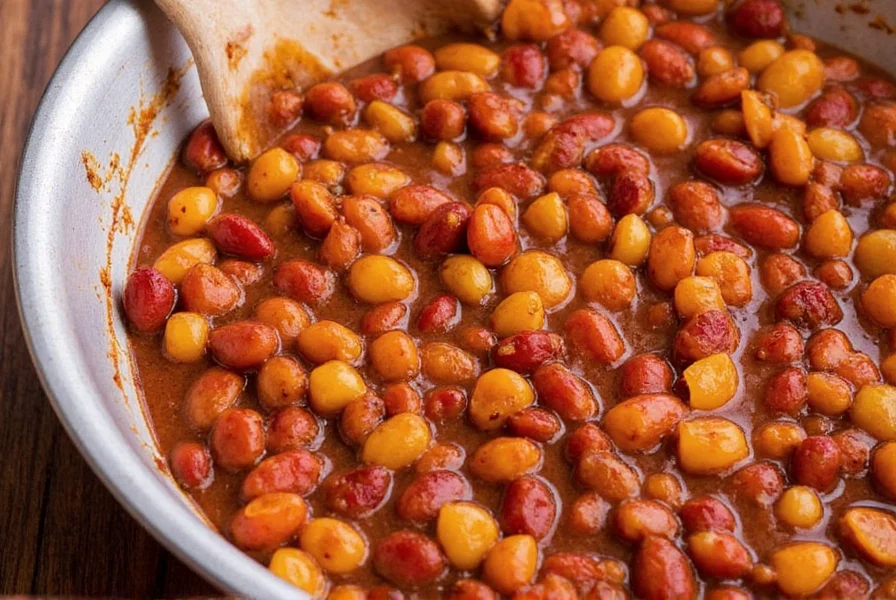

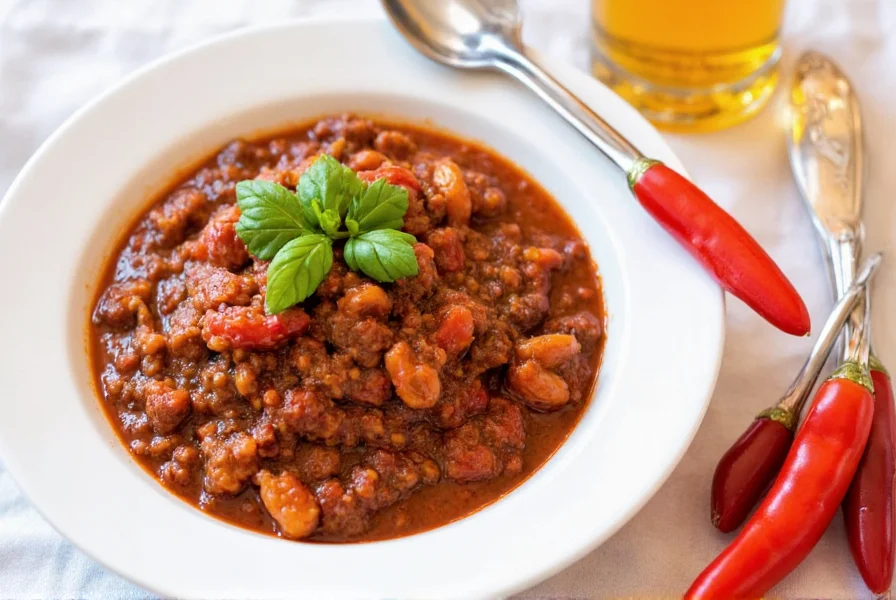









 浙公网安备
33010002000092号
浙公网安备
33010002000092号 浙B2-20120091-4
浙B2-20120091-4